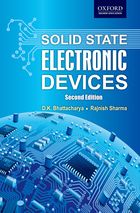Solid State Electronic Devices [2014-12-18] |
|
索书号 62/B575 Symbols |
首 页 >> 上架新书






